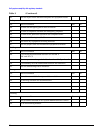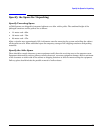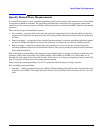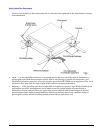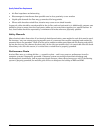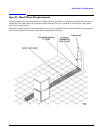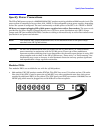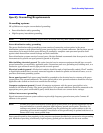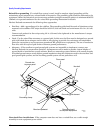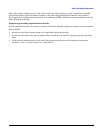
Specify Raised Floor Requirements
42
• Air flow impedance and misrouting
• Electromagnetic interference from parallel runs in close proximity to one another
• Liquid spills beneath the floor may go unnoticed for long periods.
• Where cable breaches raised floor, abrasion may cause severe shock hazards.
In general, cables should be routed parallel to the air flow, and not horizontal to it. Additionally, extreme care
should be given to ensure that data and power cables are not routed close together in a parallel fashion. In
fact, these cables should be separated by a minimum of 6 inches wherever physically possible.
Safety Hazards
Most electrical codes dictate that if an electrical shock hazard exists, some method to curb this must be used.
For instance, “any non-current carrying metallic part of a structure that could be energized and touched by
personnel has to be grounded.” With all of the power and data cables routed beneath the flooring and pulled
up into the data are, the chances for short exist. As the tiles are metallic clad, it is conceivable that the shock
hazard may exist. For this reason, it is critical that a raised floor be properly grounded.
Performance Drain
A raised floor acts as a voltage divider -- a capacitive plate -- and it may create a performance issue for
computer systems if improperly grounded. Computer systems create both electrostatic discharge and
electromagnetic interference, and as processor speeds increase, these effects increase as well. If the flooring
system is properly grounded, the metallic grids will act to dissipate the buildup of ESD and EMI.



